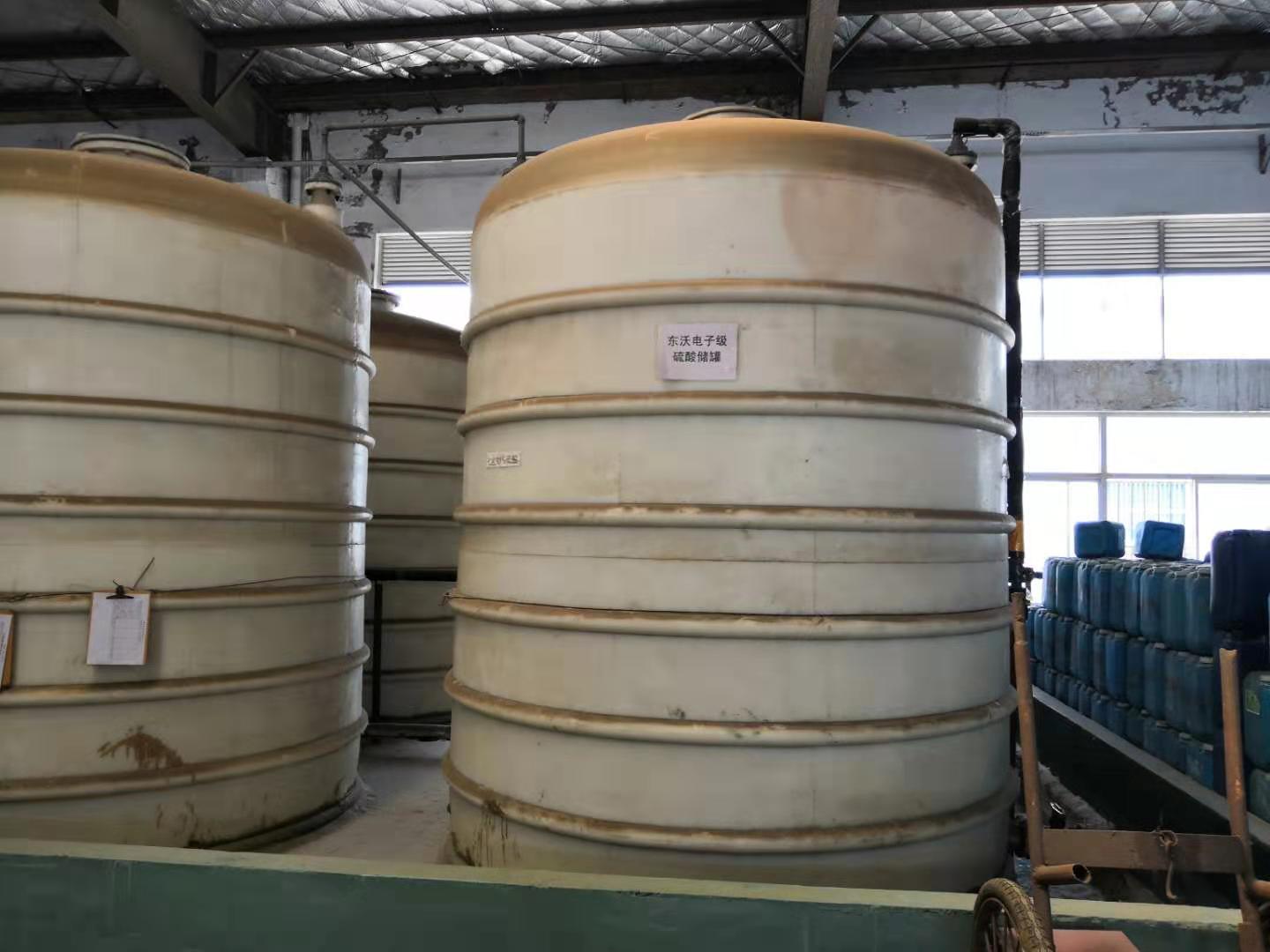Company Name: Haoyuan Chemical Huaian Co., Ltd.
Contact: Wang Yan
Phone: 13605237768
Email: Haytwy@sina.com
Fax: 0517-83997978
Address: No. 17, No. 2 Shantou East Road, Huaian Economic and Technological Development Zone
Storage of thin materials:
1. For the main ingredients, hazardous characteristics, and fire protection requirements of paints and thinners, refer to the safety technical manual.
2. According to the characteristics of paints and thinners and general requirements for storage of commonly used hazardous chemicals, formulate storage requirements for paints and thinners.
3. Open flames and heat sources are strictly prohibited in the paint and thinner storage area.
4. The paint and thinner must be well ventilated and placed on a wooden storage rack.
5. Personnel, motor vehicles and working vehicles entering chemical dangerous goods storage area must take fire prevention measures.
6. Loading, unloading, and handling of chemical dangerous goods should be carried out in accordance with relevant regulations to achieve light loading and unloading. It is strictly forbidden to drop, bump, bump, hit, drag, dump and roll.
7. Set up safety warning signs outside the warehouse, and set up safety signs, safety technical instructions and safety fire prevention facilities in the warehouse.
8. The quantity and spacing of warehouse items shall be implemented in accordance with standards.
9. Buildings storing flammable and explosive chemical dangerous goods must be equipped with lightning protection equipment.
10. The storage area of chemical dangerous goods or the transmission and distribution lines, lamps, lighting and evacuation of fire accidents in the building shall meet the safety requirements.
11. The storage and transportation department needs to strengthen management, and irrelevant personnel are strictly prohibited from entering.
12. Determine the storage quantity and spacing according to the requirements of isolated storage. If the storage conditions change, you need to report to the Ministry of Security for adjustment.
The average storage area per unit is less than 0.5 tons per square meter. Stacking distance limitation, 0.3 ~ 0.5 meters
Aisle width, 1 ~ 2m Wall width, 0.3 ~ 0.5m

Thinner in paint
Common paints are composed of film-forming substances and solvents. Generally speaking, the film-forming substance has no taste, and the taste is the solvent, which is commonly known as a thin material, mainly composed of various organic compounds, such as benzene, toluene, xylene, butyl ester, and the like. [2]
Thin materials in different paints
(1) Alkyd thin material formula:
15% n-butyl acetate, 15% ethyl acetate, 10-15% n-butanol, 10% ethanol, 5-10% acetone, 20% benzene, and 20% xylene, just mix well.
(2) Polyester thin material formula:
It is formulated from xylene, toluene, butyl acetate, etc.
(3) Nitro paint thin material formula:
20% n-butyl acetate, 20% ethyl acetate, 10-15% n-butanol, 5% ethanol, 5-10% acetone, 40% toluene, and 5-10% ethylene glycol ether acetate in high-quality products 10% methyl isobutyl ketone.
In general, the composition of paint thinners is similar and needs to be adjusted according to specific conditions.
1. Thinner is divided into quick-drying, standard and slow-drying. Choosing the right drying speed can make the paint gloss higher.
Paint manufacturers in different seasons will automatically provide thinners with different volatilization rates. Many manufacturers label the fast and slow drying diluents separately. This provides great adjustment space for on-site construction.
2. Thin materials with strong dissolving power increase the gloss of paint
The effect of the thinner is only to dilute the paint and reduce the viscosity. Make paint reach the equipment need viscosity and best application effect. After construction, all the diluent will be volatilized to the atmosphere, which is difficult to recycle. This is also the main cause of environmental pollution caused by paint, and it is the main reason for everyone to change to water-based paint. So as long as the requirements are met, the lower the price, the better.
The dilution process requires two points on the diluent:
A. Thinner The dissolving power should not be too weak. If it is too weak, it will cause the paint to flocculate and form a lump, and the paint cannot be diluted.
Needless to say, many people have encountered such incidents. Thinner is added to the paint, the paint and thin material are separated, the upper layer is clear, and the lower layer of paint is shrunk. And no matter how it is stirred, the paint is like a ball of bubble gum, sticky, and never blends with the thinner.
B. The solubility of the diluent must not be too strong. Too strong a diluent will cause pigments in the paint to flocculate and the pigments to precipitate out of the paint. This type of phenomenon is more subtle and often undetected.
3, how much the effect of thinner on paint gloss
Adding too much diluent will reduce gloss, mainly due to adding too much diluent, the paint solid content will decrease, the dry film will become thin, resulting in low gloss.